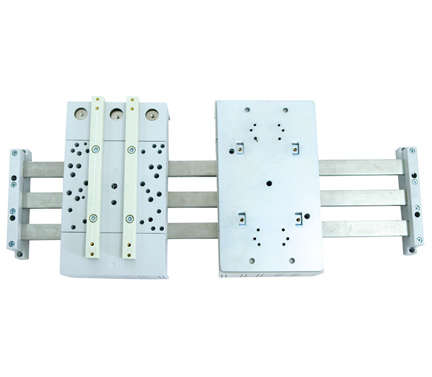Understand the role of Busbar Terminals in electrical installation
In electrical installations, Busbar Terminals play a vital role. They are a core component of the electricity distribution system and are responsible for transmitting electricity from one place to another. This article will take an in-depth look at the role of Busbar Terminals in electrical installations.
Definition of Busbar Terminals
Busbar Terminals are electrical devices used to distribute and transmit electricity in electrical systems. They are usually made of copper or aluminum, as both materials conduct electricity well. Busbar Terminals are designed to withstand high currents while maintaining low resistance, thereby increasing the efficiency of power transfer.
The role of Busbar Terminals
The main role of Busbar Terminals in electrical installations is to distribute and transmit electricity. They connect to the power source and then distribute the power to various electrical devices such as switches, circuit breakers, and transformers. Busbar Terminals can also serve as grounding points for electrical equipment, providing a safe electrical path to prevent electrical equipment from overheating or malfunctioning.
Advantages of Busbar Terminals
Busbar Terminals offer many advantages that make them an ideal choice in electrical installations. Busbar Terminals are highly conductive and can transmit large currents efficiently. Busbar Terminals are designed to withstand high temperatures and prevent electrical equipment from overheating. Busbar Terminals are easy to install and maintain, saving time and money.
Busbar Terminals play a vital role in electrical installations. Not only do they distribute and transmit power efficiently, but they also provide a safe electrical path, preventing electrical equipment from overheating or malfunctioning. Whether in a domestic, commercial or industrial environment, Busbar Terminals are an important part of the electrical distribution system.

